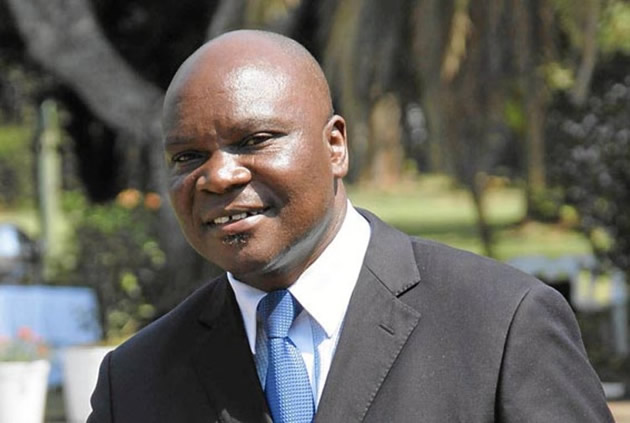EDITORIAL COMMENT: Do Chiadzwa miners have financial muscle for deep mining?

Alluvial diamonds are running out at Chiadzwa in Marange after nine companies mined them cheaply and made billions in the past decade or so.
When the diamond rush started around 2006, lucky fortune seekers could actually pick up diamonds on the surface. Soon, the government removed the panners, paving the way for more orderly extraction of the precious stones by eight companies — Anjin, DMC, Jinan, Mbada, RERA, Gye-Nyame, Kusena and Marange Resources.
They recorded roaring initial success but in recent years, they faced challenges as the diamonds now occur deeper underground.
Companies needed to invest in technology and equipment to mine the kimberlites but they appear to have enjoyed themselves and forgot to make requisite investments.
Production necessarily dropped sharply and now some of the firms are struggling to pay suppliers and workers.
The Mining Industry Survey Report compiled by the Chamber of Mines and released two weeks ago shows that diamond production in
Chiadzwa fell from 12 million carats in 2012 to only 3,36 million carats last year. Revenue dropped from $336 million in 2014 to $180 million in 2015, with production declining from 4,77 million carats to 3,36 million in that period.
In 2011, the government received payments from the diamond firms amounting to $168,5 million, which declined to $142,4 million in 2012 and $93,2 million in 2013. In 2014 payments to the government amounted to $84,3 million, which further declined to $23,4 million last year.
Amid the declining production and income and the failure, or reluctance, by Marange companies to invest in tools to mine deeper-lying stones, the government decided to amalgamate not only the firms at Chiadzwa, but also others working in Chimanimani, Beitbridge and Zvishavane to form one company, the Zimbabwe Consolidated Mining Company (ZCDC).
However, the companies were not too keen to go into that grand alliance despite the government trying to convince them for seven months. Mines and Mining Development Minister, Walter Chidhakwa had to make a bold decision on Monday. He ordered the mining firms to cease operations immediately with concessions reverting into government hands.
This was a drastic decision. In our view, we don’t think the industry that we so much looked up to to finance the nation’s economic recovery efforts, had no alternative but to consolidate operations.
“All diamond mines, either current or future ones will all be under the ambit of ZCDC (Pvt) Ltd,” said Minister Chidhakwa. “The current scope of consolidation includes, but is not limited to, the following: all concessions, which fall under the current Chiadzwa diamonds fields (both operating and mothballed); all T-concessions, which are still to be explored further; the Chimanimani diamonds fields currently being mined by DTZ-OZGEO; Zvishavane diamond kimberlites currently under Murowa Diamonds; Beitbridge diamond kimberlites currently under River Ranch Diamonds and others which are yet to be discovered or operationalised,” he said.
“What we now expect to happen is that the shareholders must sit and put their shareholders agreement in front and say what does the process of dissolution entails. They may not want to close down the company but they may want to say, let’s share the company in the proportions agreed in the shareholding agreement …let’s share the assets and the liabilities as well.”
A lot of money is required for mines to acquire the right machinery and technology to exploit deep-seated conglomerate and kimberlitic material, hundreds of millions. We doubt that any of the eight Chiadzwa mines and DTZ-OZGEO in Chimanimani have that kind of money at this stage with the easy pickings of alluvial stones of the past few years over. Some time ago one of them approached the government for more concessions with alluvial deposits which it wanted to mine and be able to raise money to fund deeper-rock mining at its existing workings. This demonstrates that the Chiadzwa miners lacked the financial standing to undertake the kind of production that a consolidated firm can.
The consolidation model, which is used in the world’s biggest diamond producing countries — Botswana and Russia — is meant to ease the mobilisation of capital for new investment as companies would benefit from each other’s strengths.
We understand that some companies that had bigger operations and had invested large sums of money were unhappy about the shareholding structure in the ZCDC. They sought more time to engage their existing shareholders. However, we don’t think they needed more than seven months to do so and Minister Chidhakwa decided the companies were simply reluctant to enter into the merger.










Comments